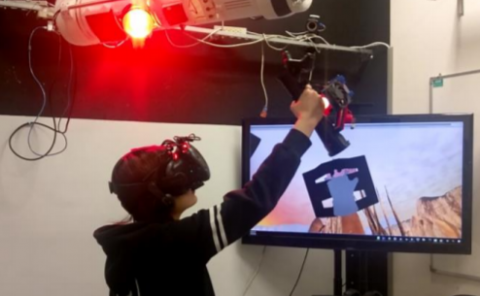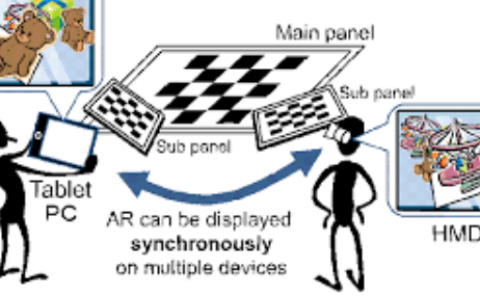Accuracy of augmented reality-guided needle placement for pulsed radiofrequency treatment of pudendal neuralgia: a pilot study on a phantom model
Note: We don't have the ability to review paper
PubDate:march 2024
Teams:Radboud University Medical Centre
Writers:Lars L. Boogaard1,2, Kim Notten2, Kirsten Kluivers2, Selina Van der Wal3, Thomas J. J. Maal1, Luc Verhamme1
Abstract



